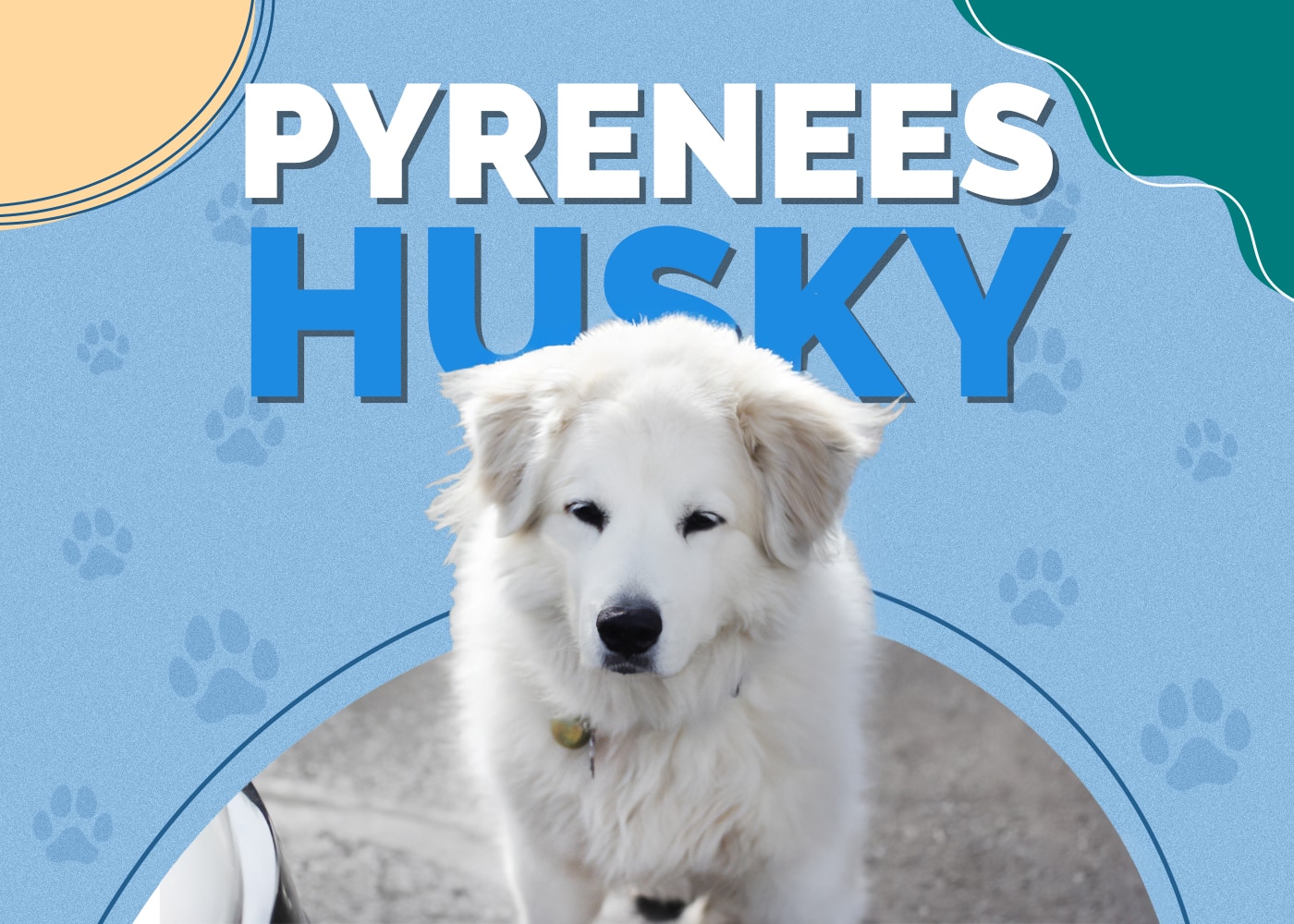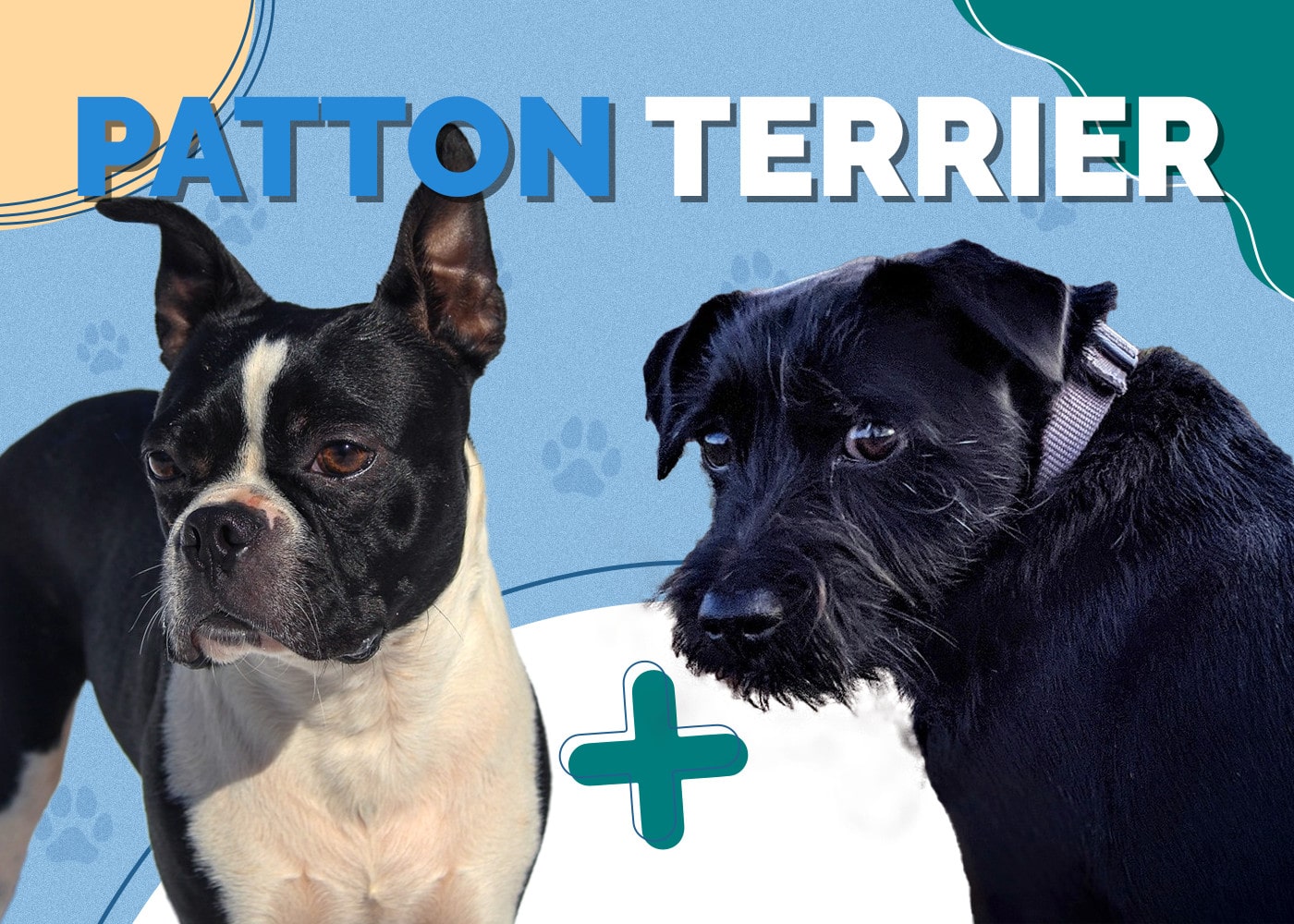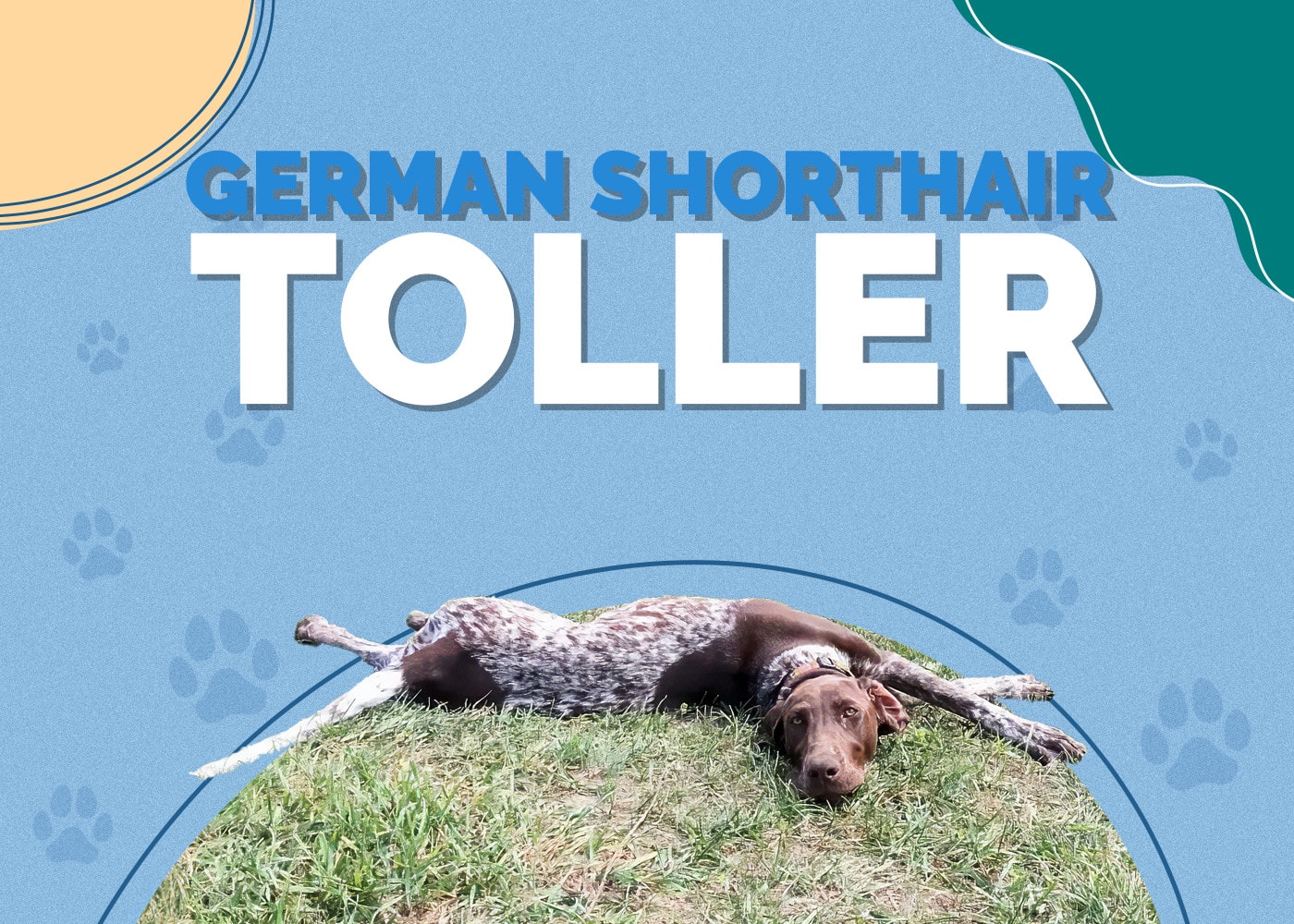Bracco Italiano: Breed Info, Pictures & Facts

Updated on
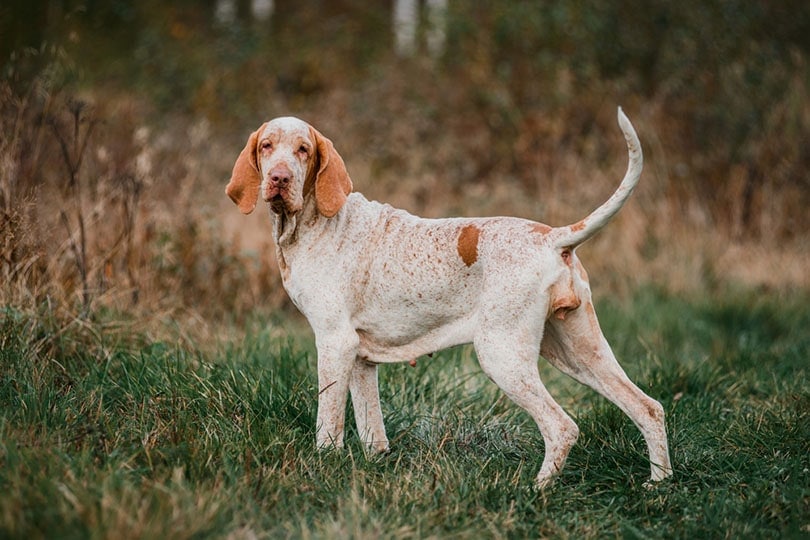
| Height: | 22 – 26 inches |
| Weight: | 55 – 88 pounds |
| Lifespan: | 10 – 14 years |
| Colors: | White, White & Chestnut, White & Orange, Amber & White |
| Suitable for: | Active families, House with a Yard |
| Temperament: | Gentle, Intelligent, Affectionate, Docile, Enthusiastic |
The Bracco Italiano is a purebred dog in the American Kennel Club’s (AKC) Miscellaneous Class and has been in the AKC’s Foundation Stock Service since 2001. They are known as hunting dogs in their native Italy, but they are also excellent companions for the entire family.
The Bracco is a large dog with a muscular chest and lean legs. They have long ears, which lay close to the face and droopy eyes. Their coats are short, dense and shiny and come in white, white and chestnut, and white and orange with roan markings (usually a speckling of color in addition to large patches of color).
Bracco Italiano Puppies
The Bracco is a high energy and overall healthy breed with a good lifespan for a large dog. They are easily trained but only with an experienced and gentle hand and are very friendly and social dogs.
3 Little-Known Facts About the Bracco Italiano
1. The Bracco Italiano is also called the Italian Pointer.
They are only one of two hunting dogs that originated in Italy. The other is the Spinone Italiano, although this breed is an official recognized AKC breed from the Sporting Group and is 109 in popularity out of 196.
2. The Bracco Italiano is thought to be the oldest European Pointer.
They are believed to date back to the 4th and 5th centuries BC and is thought to be a cross between the Segugio Italiano and the extinct Asiatic Mastiff.
3. The Bracco is a hunting dog that isn’t known for barking.
They make great watchdogs as they will alert you to anything out of the ordinary, but they won’t necessarily bark out a warning.
Temperament & Intelligence of the Bracco Italiano 🧠
These dogs are active working dogs that are known for their gentleness and docile nature. They are very intelligent and affectionate dogs that accept new people and enjoy playing with other dogs and children.
Because they are hunting dogs, they have a strong prey drive, and being Pointers will naturally be drawn to birds (and not in a good way). They do not like being left alone for long periods and require a fair amount of attention and exercise.
Are These Dogs Good for Families? 🏡
The Bracco is a wonderful family pet as they love children and are very loyal and affectionate with all of their humans. However, its calm nature means that it won’t always deal well with overly exuberant children, and therefore, children should be taught how to interact and play gently with all dogs. While the Bracco is not aggressive and won’t bite, it shouldn’t be left alone with very young children.
Does This Breed Get Along with Other Pets? 🐶 😽
The Bracco does get along very well with other pets provided it was socialized well as a puppy and has been brought up in the same household as the other pets. They do get along with other dogs, but you should be careful if you have any cats or small pets as part of the family because of their high prey drive. The Bracco tends to do best in a household without any pets that are smaller than themselves.
Things to Know When Owning a Bracco Italiano:
Food & Diet Requirements 🦴
The Bracco should be fed a high-quality dry dog food at an amount expected of most large breeds. This might be about 2 to 3 cups of kibble about 2 or 3 times a day. Read the back of the food bag for the recommended instructions, as it will give you a guide on how much you should feed your dog. Be careful with any treats and any people food you provide the Bracco. Consult with your vet if you’re at all concerned about your dog’s weight and health.
Exercise 🐕
The Bracco Italiano is a very energetic dog that will need a 30-minute daily walk at an absolute minimum (a 40-minute to 60-minute walk would be ideal). The Bracco will resort to destructive behavior if left alone for too long and needs to spend a lot of time playing or hanging out with their family. Because of their hunting instincts, it would be best to give them a job to do. They will do very well in agility, tracking, obedience, as well as therapy, and search and rescue work.
Training 🦮
The Bracco is relatively easy to train for the right trainer thanks to their intelligence and devotion, but they tend to have an independent streak. When training the Bracco, it’s best to be firm but gentle as they will not respond well to harsh corrections. As with most dogs, using positive reinforcement with treats and love will make them willing to succeed during your training sessions.
Grooming ✂️
Grooming the Bracco is quite easy because of their short coats that require minimal effort to care for. Brushing them once a week should suffice and giving the Bracco a bath shouldn’t be more than once a month unless absolutely necessary. Always remember to use a good dog shampoo to keep their coats in good condition.
The Bracco has very long ears that should be cleaned at least once a month, but keep an eye on them and use your own judgment if they need more frequent cleaning. Their nails should be trimmed every 3 to 4 weeks, and brush their teeth about 2 or 3 times a week.
Health and Conditions ❤️
Your vet will check your dog’s hips and elbows and run blood and urinalysis tests and a complete medical exam to check your Bracco’s health.
Your vet will check your dog’s eyes and ears, particularly since the Bracco has very long drooping ears, in addition to a physical exam.
It’s also recommended that when large-breed dogs are puppies, they shouldn’t run on hard surfaces (like concrete) for long periods. You should also avoid excessive and prolonged exercising, such as running. These activities are hard on a growing puppy’s joints, particularly for large breeds, so remember to exercise your puppy but for short periods of time and avoid high-impact activities.
Male vs. Female
The female Bracco is slightly smaller than the male and stands at 22 to 24 inches in height compared to the male at 23 to 26 inches. Both males and females run about 55 to 88 pounds in weight. The male might be closer to the top end of the range at 88 pounds, and the female might tend towards the lighter side around 55 pounds.
You might also want to consider surgery for your dog. Spaying the female dog is a more complicated operation and will, therefore, be more expensive and will require a longer recovery time than neutering the male dog. However, spaying and neutering your dog will prevent potential health issues from developing in the future and could lessen aggressive tendencies, and any urges for your dog to wander away.
The last potential difference between males and females is in temperament as it is widely believed that females are less aggressive and more loving than males, but there are debates about that. How a puppy is socialized and trained and how you treat a dog throughout its life will be the true measure of your dog’s overall personality and temperament.
 Final Thoughts
Final Thoughts
The Bracco Italiano is a gentle, calm, and smart dog that will enjoy energetic outdoor activities as much as cuddling with you on the couch when relaxing at home. They are devoted and loving dogs that will want to spend lots of time with their family and follow you around as much as they are able.
The Bracco is a relatively rare breed and might be a challenge to find, so look for breeders online (always use the tips provided to make sure you’re dealing with an excellent breeder) and consider attending dog shows as well as speaking to local and national dog clubs. You can also post your interest in the Bracco on social media.
The Bracco Italiano will be an amazing addition to the right family. Provided it isn’t left alone for long periods, and you give it lots of exercises, you’ll have a fantastic companion for life.
Featured Image Credit: olgagorovenko, Shutterstock

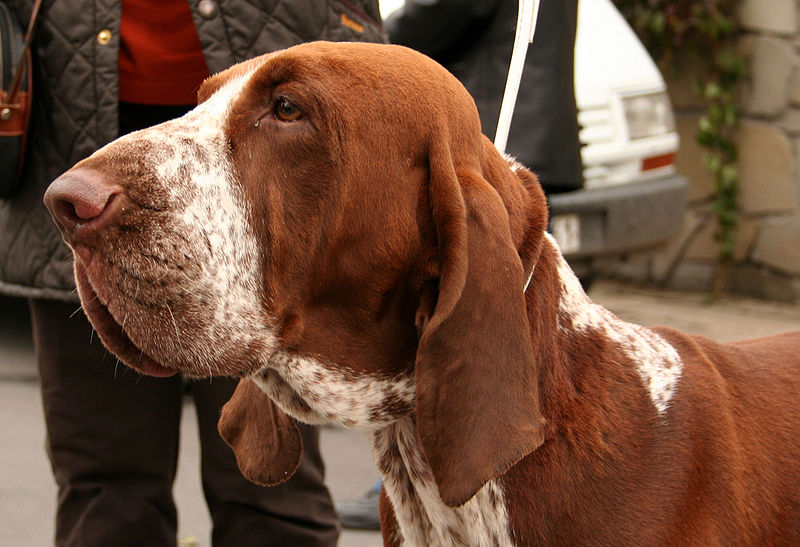

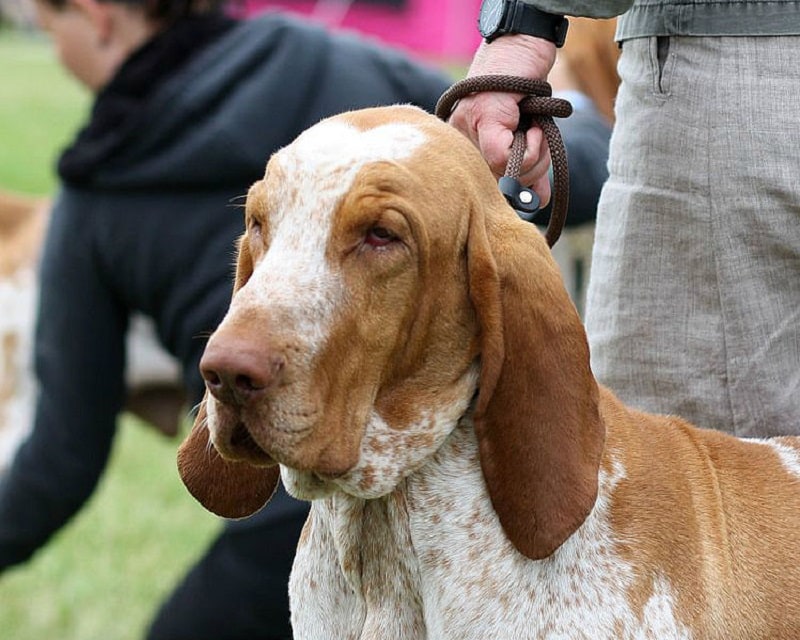

 Final Thoughts
Final Thoughts